Rising Consumer Awareness
Consumer awareness regarding vehicle safety and technology is on the rise, significantly impacting the Smart Bumper Market. As individuals become more informed about the benefits of smart bumpers, including their role in accident prevention and vehicle protection, demand is likely to increase. Surveys indicate that over 60% of consumers consider safety features as a primary factor when purchasing a vehicle. This growing awareness is prompting manufacturers to invest in research and development, leading to the introduction of more sophisticated smart bumper solutions. Consequently, the Smart Bumper Market is poised for substantial growth as consumer preferences evolve.
Integration of Safety Features
The Smart Bumper Market is experiencing a notable shift towards enhanced safety features in vehicles. As consumers increasingly prioritize safety, manufacturers are integrating advanced technologies such as sensors and cameras into smart bumpers. These features not only help in collision avoidance but also provide real-time feedback to drivers, thereby reducing accident rates. According to recent data, the incorporation of smart bumpers has been linked to a 30% decrease in minor accidents. This trend is likely to continue as regulatory bodies emphasize the importance of safety in automotive design, further driving demand in the Smart Bumper Market.
Technological Advancements in Materials
The Smart Bumper Market is witnessing significant advancements in materials used for bumper production. Innovations such as lightweight composites and energy-absorbing polymers are becoming increasingly prevalent. These materials not only enhance the durability and performance of bumpers but also contribute to overall vehicle efficiency by reducing weight. Market data indicates that the use of advanced materials can improve fuel efficiency by up to 5%. As manufacturers strive to meet both performance and environmental standards, the demand for smart bumpers made from these innovative materials is expected to rise, shaping the future of the Smart Bumper Market.
Regulatory Support for Safety Innovations
The Smart Bumper Market is benefiting from increasing regulatory support aimed at enhancing vehicle safety. Governments worldwide are implementing stricter safety standards, which encourage manufacturers to adopt innovative technologies in bumper design. For instance, regulations mandating the inclusion of pedestrian protection features are driving the development of smart bumpers equipped with advanced sensors. This regulatory push not only fosters innovation but also creates a competitive landscape where companies are compelled to enhance their offerings. As a result, the Smart Bumper Market is likely to expand as manufacturers align their products with these evolving regulations.
Growth of Electric and Autonomous Vehicles
The rise of electric and autonomous vehicles is significantly influencing the Smart Bumper Market. As these vehicles become more prevalent, the demand for smart bumpers that can integrate with advanced driver-assistance systems is increasing. Smart bumpers equipped with sensors and communication technologies are essential for the functionality of autonomous driving systems. Market projections suggest that the electric vehicle segment alone could account for a substantial share of the smart bumper market by 2030. This trend indicates a shift towards more technologically advanced bumpers, positioning the Smart Bumper Market for robust growth in the coming years.


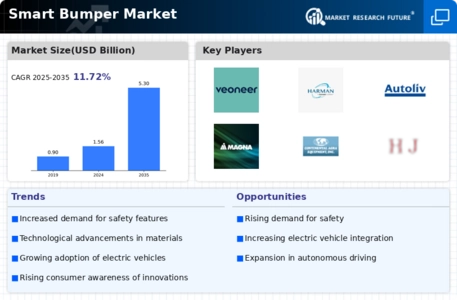
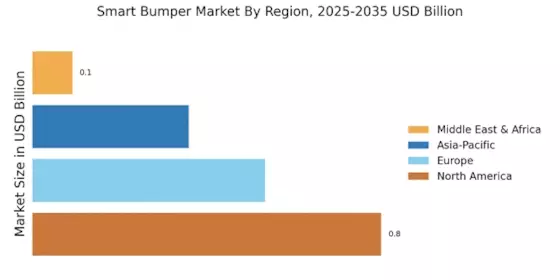
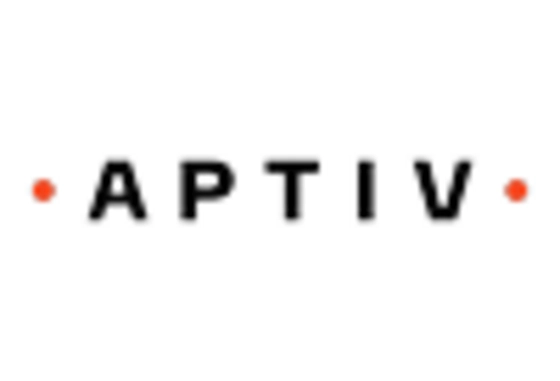

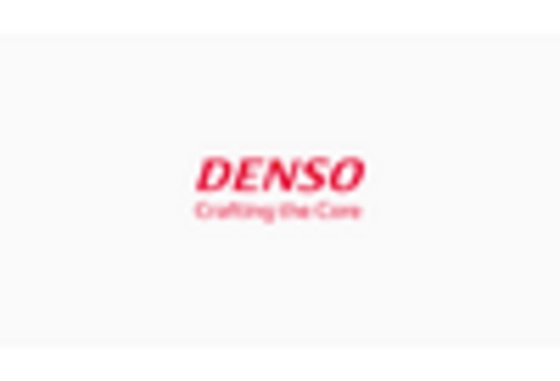
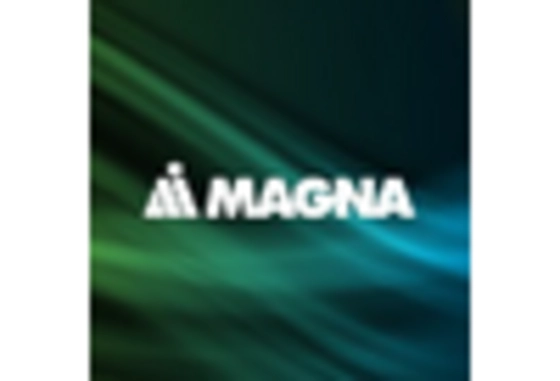
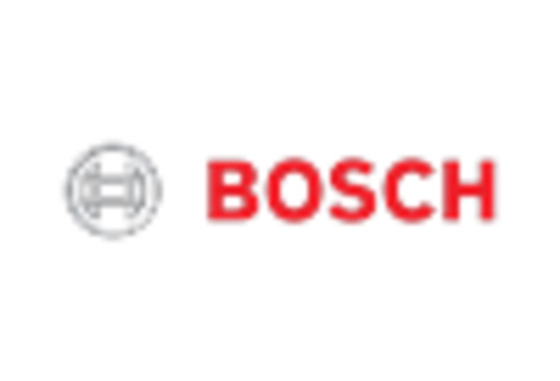









Leave a Comment